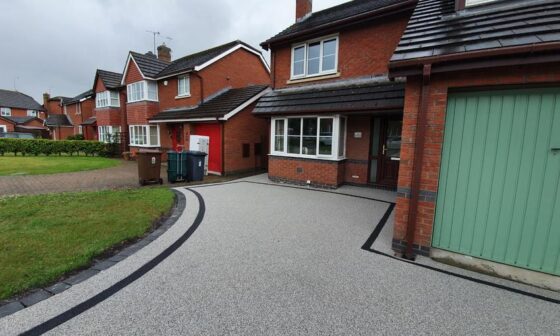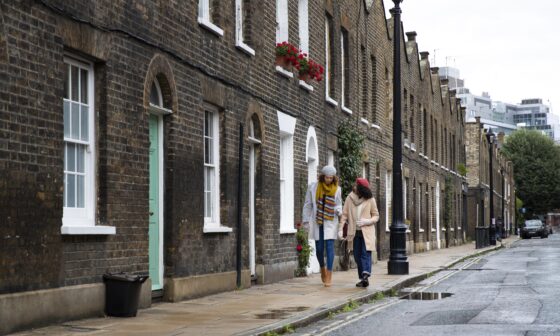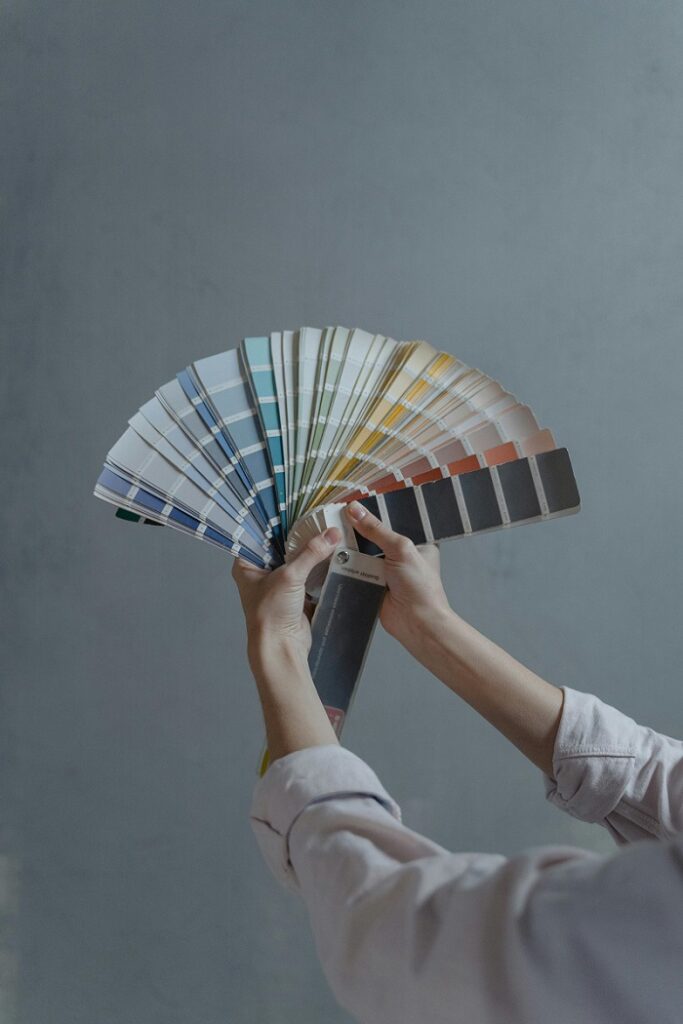
Colours are important when it comes to designing a home. Colour can totally transform a room into an inviting, erotic or serene space. When was the last time you walked into a room painted yellow, it probably looked bright and inviting! Painting the walls with the correct colour can add tone and ambience to express your style.
In this post, I’m here to walk you through the paint colour world, showing you how to choose the right colours for each room in your house. Whether you want a calm bedroom or a buzzing kitchen, here are some ways I can help you personalize your space.
Understanding Color Psychology
Colours have a major impact on our moods and feelings. As an example, warm colours such as red, orange and yellow may make a room feel vibrant and energetic, while cooler colours such as blue, green and purple provide a calmer and soothing environment. I love the way a little bit of colour can transform how you perceive an area upon entering it!
If you’re thinking of warm and cool colours, remember what they look like. Warm colours also signify optimism and activity and are ideal for sociable spaces such as living rooms and kitchens. Conversely, cool colours offer a sense of serenity and serenity, ideal for bedrooms and bathrooms.
Another important concept to bear in mind is colour harmony. This simply refers to how different colours complement one another in a room. A consistent colour palette will make your home appear ordered and well-organized, whereas complementary colours can seem chaotic. With the knowledge of colour psychology, you can select paint colours that don’t just look great but make your home feel more inviting.
Choosing Colors for Specific Rooms
1. Living Room
In most households, the living room is where you sit down and spend time with your family and friends. Here, you’ll want to stick with colours that are conducive to resting and socializing. Cool and cosy colours such as beige, light grey, or soft pastels can create an inviting feeling. For more drama, consider using more dramatic colours such as dark blue or dark green on pillows or artwork. You can mix a neutral base with bright accents for an airy, balanced look.
2. Kitchen
When it comes to kitchens, pick hues that stimulate your appetite and imagination. Bright whites and cheerful yellows can wake the space up and make it feel vibrant, and warm hues like red and orange stimulate the senses and your appetite! Just remember to consider usefulness, too.
Natural light can also be reflected into your kitchen to make the space feel larger and more open. Keep in mind that the kitchen should also be easy to clean so choose finishes that are resistant to spills and drips.
3. Bedroom
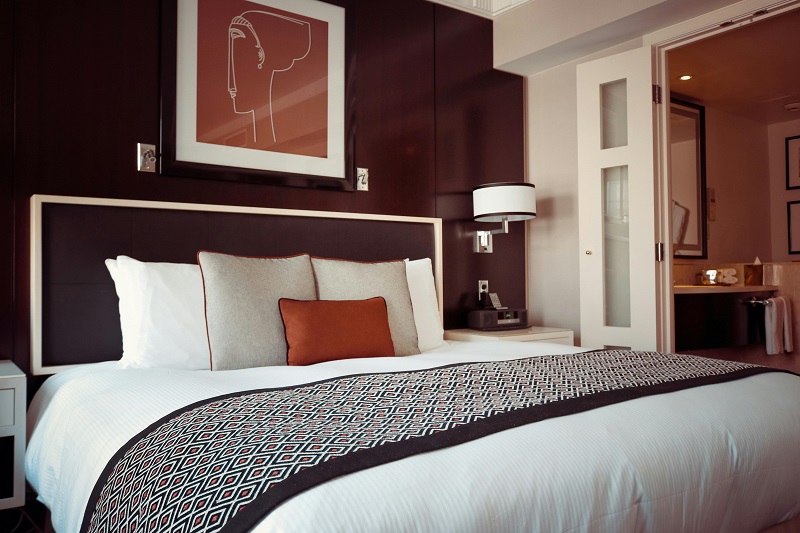
You want your bedroom to be an oasis. Comforting colours such as cool blues, soft greens or soothing greys can create a restful environment conducive to relaxation. You can also use accent colours, for example, a deeper blue or soft lavender to give your room peace and personality. Just make sure that whatever colours you pick help you relax and float off at the end of the day.
4. Bathroom
In the bathroom, you’re looking for vibrant tones that are clean and quiet. Light blues, subtle greens and clean whites can set the tone for an idyllic spa setting. Even in a small bathroom, light colours can be soothing and bright. If you’re trying to make this effect even more dramatic, try adding mirrors, they help to reflect light and give the illusion of an area being bigger.
5. Home Office
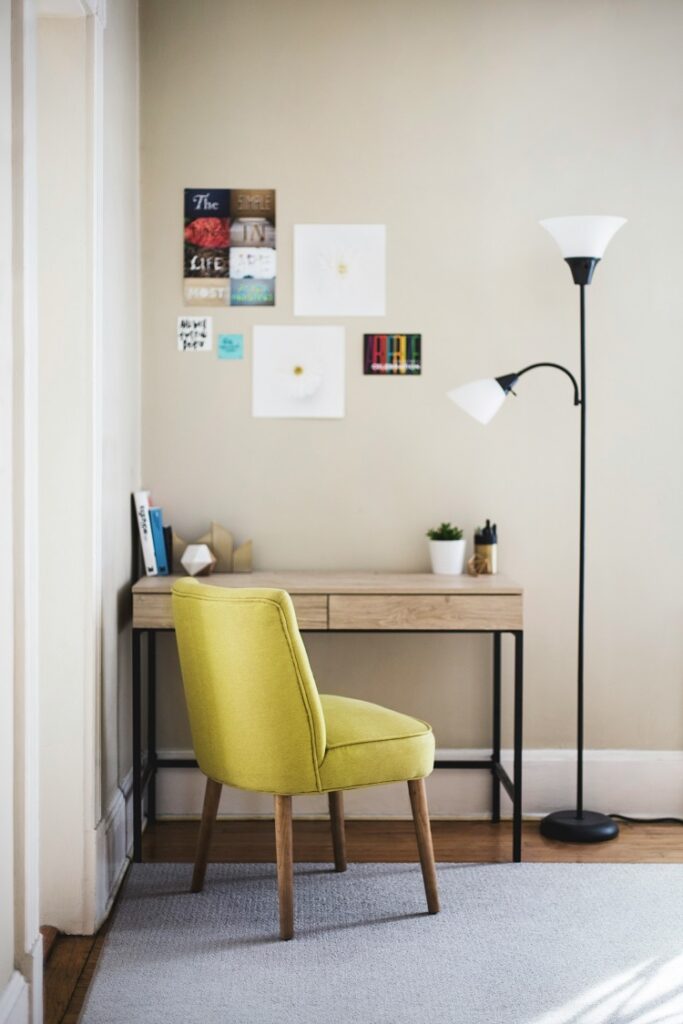
In selecting colours for your home office, it is not only about productivity but also comfort. Neutral colours, such as soft greys or warm whites, can provide a crisp space in which to concentrate. If you’re looking to uplift the room, try adding some splashes of colour, maybe an obscene piece of art or a pop-of-colour chair. The idea is to alternate intense sounds with more calming sounds, making you feel motivated but not too relaxed to think clearly.
Considering Lighting and Space
Using lighting is one of the biggest influences on the look of your home’s paint. Light from the sun can make a room seem brighter and colours appear more vibrant, and artificial lighting can affect the way colours look at different times of the day. For example, a colour that is cosy and inviting in the sun can appear cool under fluorescent lights. So, when choosing your paint colours, it’s really important to take into account both types of lighting.
If you’re going to commit to a colour, try it first. Pick up some paintbrushes and stick them on the wall of the room you’ve decided to work in. See how it changes colour throughout the day depending on the sunlight. It will help you to visualize how the colour will appear in the room once you’re actually using it. Take a look at it in the morning, in the afternoon, and in the evening with your lamps on. You have to try it for yourself!
The size of the room will also affect your colour schemes. In smaller rooms, luminous shades can make the space feel bigger and open. Conversely, darker tones can make a room feel more intimate in large spaces. If you have a large room but still want it to be warm, paint one wall darker so that it acts as a focus. You just want to find the right balance to make each room feel exactly right.
Creating a Cohesive Look
When painting your house, you want the flow to move from room to room. This can be accomplished with the use of a consistent colour palette. Consider the movement of colours from room to room. You don’t need to go for the exact same colour, but utilizing the same shades or hues can make your home feel consistent.
Accents and trims are another great technique for keeping things together. You could, for example, pick a colour for your baseboards and door frames that goes with the dominant wall colour. This holds everything together and gives your space an elegant look. You can even add accessories such as throw pillows or artwork that replicate the colours in other rooms for a consistent look.
If you want to switch from one colour scheme to the next, do it carefully. You can use a neutral colour as a bridge between brights to soften the switch. You can also search for commonalities, such as echoes in a different colour. That way, even if the colours are different, they’ll feel like they’re together. The trick is to keep it in check and make each room feel like it’s part of a narrative. However, if you think you need help, then https://www.painteradam.co.uk/painters-decorators/manchester can help you. With their experience and professional knowledge they can work with you to create an intricate look of your home.
Conclusion
To close out the post, as you can see, finding the perfect paint colour for your home is one way of giving your space the perfect feel. Creative color choices can change the feel of a room, and alter the mood and feel of the room in ways that you may not realize are there. And it’s not a matter of just painting the walls, but creating an atmosphere that feels good to you and your visitors.
Feel free to mess around and play around with colours! You create your own home, so make it your own. Whether you want to have a cosy corner, a bright room, or a quiet sanctuary, feel free to experiment with colours and combinations until you get what works for you.
Ultimately, you want your home to be an expression of your own personal taste and ease. So use your instincts, use your imagination and simply enjoy turning your space into something that is all your own. Home is where the heart is after all, and it should feel like a hug when you walk through the door!
